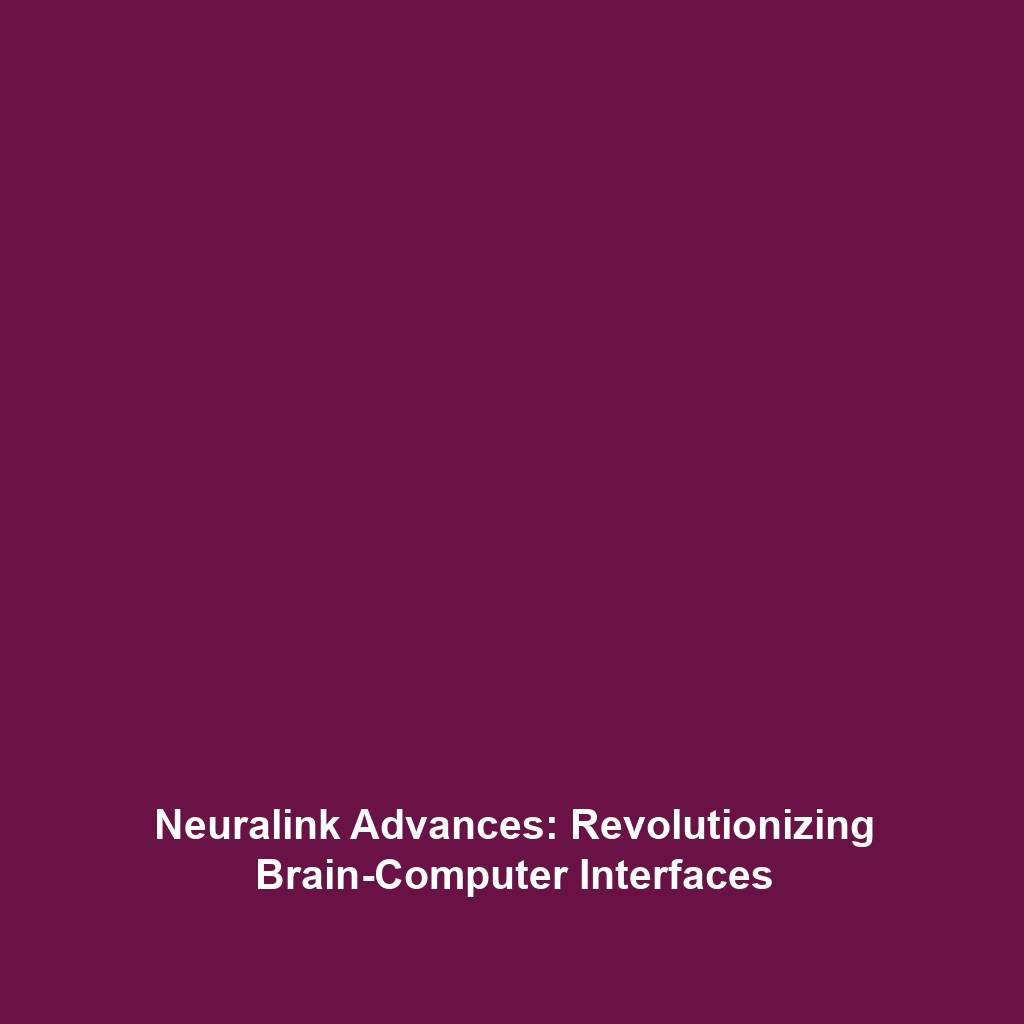CCS: Reducing Emissions from Hard-to-Decarbonize Industries
Carbon Capture & Storage (CCS) represents a critical technology in the fight against climate change, particularly for industries that are difficult to decarbonize, such as cement, steel, and chemicals. As these sectors continue to contribute significantly to global greenhouse gas emissions, adopting effective CCS strategies is not just beneficial but essential for achieving sustainability goals on a larger scale.
Key Concepts of CCS
Understanding how CCS works is crucial to appreciating its role in reducing emissions. Here are some key concepts:
- Carbon Capture: The process involves capturing carbon dioxide (CO2) emissions at their source, primarily from industrial processes.
- Transportation: Once captured, CO2 is transported—often via pipelines—to a storage site.
- Storage: The captured CO2 is injected deep underground into geological formations where it can be safely contained for long periods.
In the context of hard-to-decarbonize sectors, such as cement and steel production, CCS provides a viable solution to keep emissions under control while continuing essential operations.
Applications and Real-World Uses
The real-world applications of CCS are significant, particularly in heavy industries. Here are some prominent examples:
- Cement Production: CCS technology is utilized to capture emissions from cement kilns, reducing the carbon footprint associated with one of the most widely used construction materials.
- Steel Manufacturing: Steel plants, responsible for substantial emissions, are now incorporating CCS technologies to mitigate their environmental impact.
- Chemical Production: The chemical industry benefits from CCS by capturing CO2 emissions during the production processes of chemicals, limiting their overall contribution to climate change.
Learning how CCS is applied in cement, steel, and chemical industries illustrates its critical function in the realm of Carbon Capture & Storage.
Current Challenges of CCS
Despite the advancements in CCS technology, several challenges hinder widespread adoption:
- High Costs: The initial investment for CCS infrastructure can be substantial, posing a barrier for many companies.
- Technological Limitations: Not all technologies are equally effective across different industries, creating variability in performance.
- Regulatory and Policy Issues: The lack of clear regulations can hinder investment and development of CCS projects.
- Public Perception: There can be resistance to CCS technologies based on concerns about safety and environmental impact.
Addressing these challenges is essential for the future of CCS in hard-to-decarbonize industries.
Future Research and Innovations
Looking forward, research and innovations in CCS technology show promise in enhancing efficiency and reducing costs. Some notable trends include:
- Next-Generation Capture Technologies: Innovations focused on lower energy consumption and improved efficiency are in development.
- Integration with Renewable Energy: Research is ongoing into systems that combine CCS with renewable energy sources for improved sustainability.
- Carbon Utilization: Exploring ways to convert captured CO2 into useful byproducts could expand the utility of CCS technologies.
Such innovations could significantly improve the viability of CCS and its impact on global emissions.
Conclusion
In summary, Carbon Capture & Storage (CCS) plays a vital role in mitigating emissions from hard-to-decarbonize industries, such as cement, steel, and chemicals. By understanding its applications, current challenges, and innovations, stakeholders can better appreciate the importance of CCS in the broader context of climate mitigation efforts. For further reading on related topics, explore our articles on advanced carbon capture technologies and renewable energy integration.









